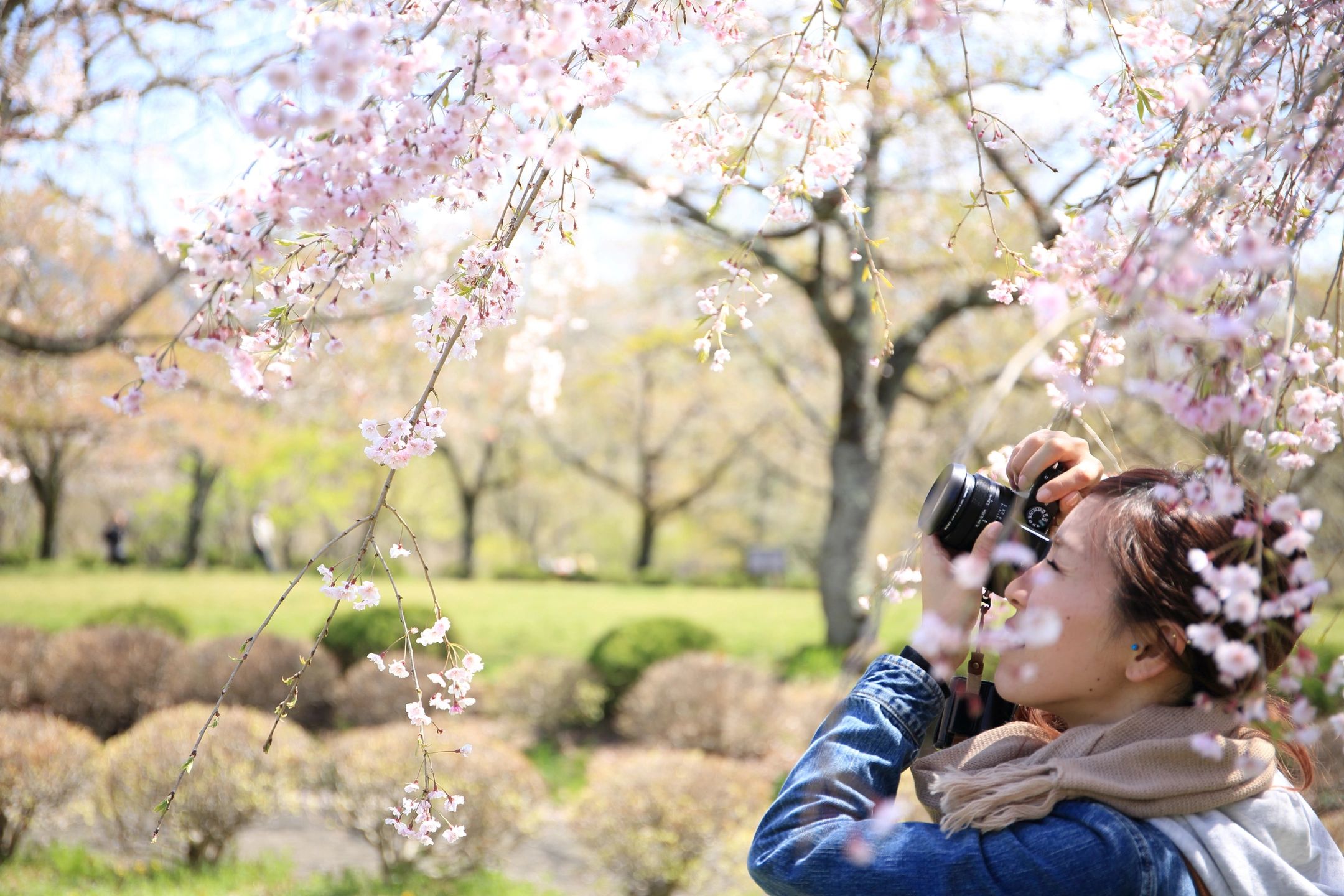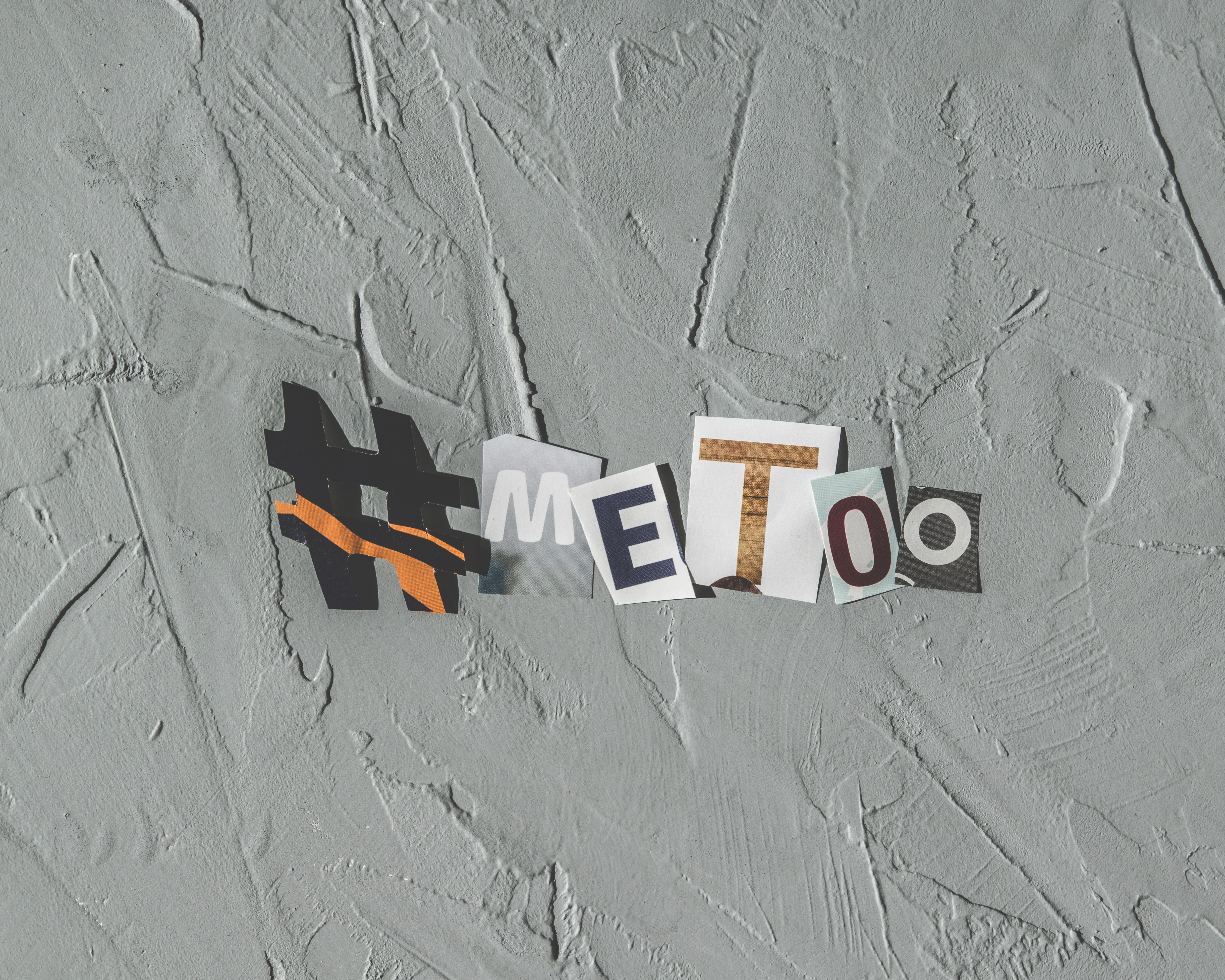By: Sarah Johnson @surruhjean
In the 21st century, we seem to have this “fake” presence in our world of social media. Growing up, social media was not a big part of my life. I could not have a Facebook account until I was in 8th grade and my mom only allowed me to have one if I made one for her too so she could spy on me. People barely talked about social media and it was almost better that way.
Once Facebook became popular, it was all we could talk about or obsess over. It was how we communicated with school friends and judged people we didn’t even know. We would post pictures of ourselves putting up peace signs and totally embarrassing ourselves, even though we didn’t know that at the time.
Then came the obsessions over Instagram, Snapchat and Twitter. But back then; even with the popularity of all these social media platforms arising, we were still the same people online as we were in person. With the way people are posting and presenting themselves on social media today, it is almost impossible to stay authentic.
One of the main places we can see inauthenticity in social media is on Instagram. Most people recently have more than one account; the second account being a fake Instagram or a “finsta”.
The real account: Users spend tons of time trying to take the perfect picture with the perfect edits to keep up with their aesthetic and impress their many followers. Online their lives look impeccable and glamorous. This way, it makes it impossible for anonymous viewers to see the struggles in their lives.
The fake account or “finsta”: Posts on this account are usually unedited and are only followed by close friends. In this account, users can be their true selves and post whatever they want. They are not trying to impress an audience of people they don’t know. In other words, on these accounts we are really being true to ourselves and to the people that matter to us. We are being authentic.

Comparing these two accounts, it seems as though the account that is deemed as “fake” actually depicts the most organic life of the user. Social media allows us to present ourselves differently online than we are in real life.
Although the real accounts may look better to the viewer, it is not who you really are, just how you want people to see you as. This is a common trend in social media platforms. Not just on Instagram, but also on Facebook, Twitter, and Snapchat as well.
When we step into the real world of careers in marketing, pubic relations, etc. we can’t be fake or present ourselves/our company in a fabricated way. Authenticity is key. You can present yourself online how ever you feel may be the most impressive. But when you have to physically present yourself to others, they could end up being disappointed with the person they thought you were. The same thing goes for the company you work for. If a brand is presented in a fabricated “fake” way, customers will be upset that their expectations were not reached.
https://www.youtube.com/watch?v=86gPfRhwVdA
As difficult as it may be to be real on social media, it is possible. It is okay to not have perfect lives at this day and age and our social media platforms certainly do not have to represent that. It is more impressive to show our real imperfections, not our fake perfections. To be perfectly imperfect.




Sarah,
Thank you for your honesty in this blog post! I’ll admit, I don’t have a “finsta” and I’ve always been confused about what exactly they are. But I can see what the appeal would be in allowing your authentic self to shine through a private Instagram account.
Social media accounts of our generation are so glamorous, sometimes I forget that they aren’t 100 percent accurate. I myself spend so much time on the perfect edit and the perfect caption (Fun fact: My skin does not look like Ludwig or Moon). I’m curious what that process will look like when or if I ever run a corporate social media account. I feel like the pressure is even greater for corporations to present an authentic self to consumers!
Erin
Interesting post Sarah! I definitely have a finsta, and I agree that it definitely showcases my weird and crazy personality that isn’t see on my personal account. I would consider my finsta PG-13, but there are many that I would categorize as ‘R’ rated. These types of finstas are a way to hide things that you don’t want your family members/ future employers to see, and so I could perceive a problem with authenticity there.
While I cannot say I have a “finsta”, I do absolutely agree in what you are saying. Social media today is not full of contents regarding what others around you are doing, but rather updates of what others around you “want” you to see them doing. Social media today is just a filtered sense of what people want others to see their lives like (i.e. see all the really good and glamorous parts of my life). No one posts content regarding the peaks and valleys that everyone knows comes in the real world. Social media today is just all peaks, no valleys, creating a bar so high people often don’t think they can match the lives they see of their “friends” online.
Take Snapchat for example, on this platform everyone loves to create a ‘Snap story” of daily events in their lives. Except, the only disclaimer is, individuals today only create Snap story’s of positive events. No one posts a Snap story of them dealing with family/personal/school issues, or posts about the stress of a job search. Instead, all you see is your ‘friends’ partying, traveling abroad, playing with puppies, etc.
The fact is, don’t every compare your life to the content you see around you in social media. Don’t ever change who you are in attempt to make your life meet the same lives you see online….because the fact is, there life is almost certainly as cool/lame/uneventful/similar as yours (actually, could be even more lame than yours).
Sarah,
Thanks for your interesting post! Before reading this, I had no idea that a finsta was a thing, which makes me feel really old as a graduate student and out of the loop! I find it so interesting to learn that this is the case. I totally understand the desire for an account to be authentic, but then I still struggle to understand the need for two–why can’t there just be one where you are your authentic self? I also just don’t quite understand where the necessity is to post things that are “inappropriate,” but authentic at the same time that would require a hidden account. I feel like in this case, both accounts might be inauthentic. Isn’t anything that you post on social media what you want some other person to see? Is any photographic or video representation of yourself in the digital space truly authentic?
In response to some of the comments, it is also true that everyone posts things on social media that are mostly positive and don’t share the sad or mundane things going on in their lives. But personally, I must confess that in the instances where I do see people posting boring or really depressing life updates, I feel like it just takes up space in my feed and is not content that I am interested in consuming because it isn’t relevant or might make me feel sad. I think I would rather be jealous of someone else’s fantastical representation of their life than constantly be comparing how “real” and “difficult” my life is compared to someone else’s troubles.
Overall, your blog post was very thought provoking. I’m not sure we will ever reach full authenticity on social media – there will always be a range of people who are completely fake and those who are way too open.
Sarah,
Holy social media education, Batman! I had no idea finsta was a thing. It’s especially distressing to hear that ‘fake'(real) accounts are a thing after reading the blog post about the effects of social media on teens.
I admit that Instagram, though it is my favorite social media platform at the moment, gives me intense anxiety on occasion because of the pressure to post glamorous versions of myself and my life. I can only imagine the pressure it places on teens to maintain a persona on multiple platforms, which leads me to suspect (much like you suggested) that is the reason for the finsta accounts; to relieve the pressure created when individuals attempt to appear ‘perfect and problem free’ on social media networks.
Reading through your article I was surprised to hear your unique take on Finsta’s, fake Instagram accounts. One of the most interesting things I found when reading your blog post was how you mentioned “it seems as though the account that is deemed as “fake” actually depicts the most organic life of the user.” From my personal experience viewing friends fake Instagram accounts, I have to disagree with this comment. Although these accounts are a more in-depth look into someones life, many highlight overtly sexual behavior, cultivate an alter ego and function with anonymity to troll peers. Along with this, Finsta accounts are used as a preferred platform to humiliate and dehumanize peers. Despite many people’s beliefs that these accounts remain private, anything posted on the internet should reflect an accurate depiction of your beliefs and should positively promote your personal brand.
I can relate heavily to the “no social media until you are of appropriate age” situation. In middle school when Myspace was at its prime, my mom also didn’t allow me to create a profile because she felt it was neither necessary or entirely appropriate, regardless of how many times I stated that “everyone else has one!” So, as teenagers do, I made one anyways. However, in my excitement to add everyone I knew as a friend I proceeded to add my aunt who then mentioned that we were friends on myspace to my mom and one thing lead to another and I had to delete the profile not even a two days later. Looking back, I can see that my mom was trying to prevent me from experiencing the false sense of self and dependence on the approval of other that social media can cause. Far too often you hear about the influencer who comes out with a “truth be told” story that shines a light on the stress that seeking constant public approval can cause, and at the end of the day it is in the power of the individual to assure that they are authentically posting for themselves and not for the opinion of others.